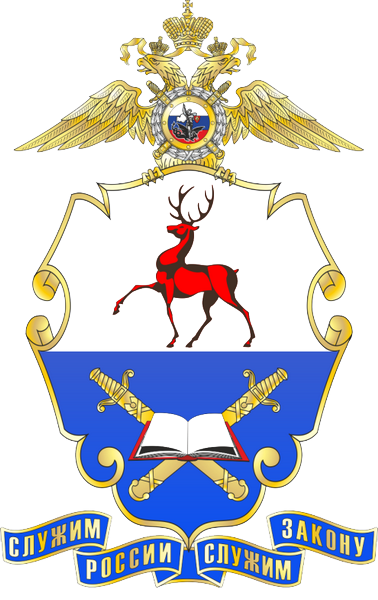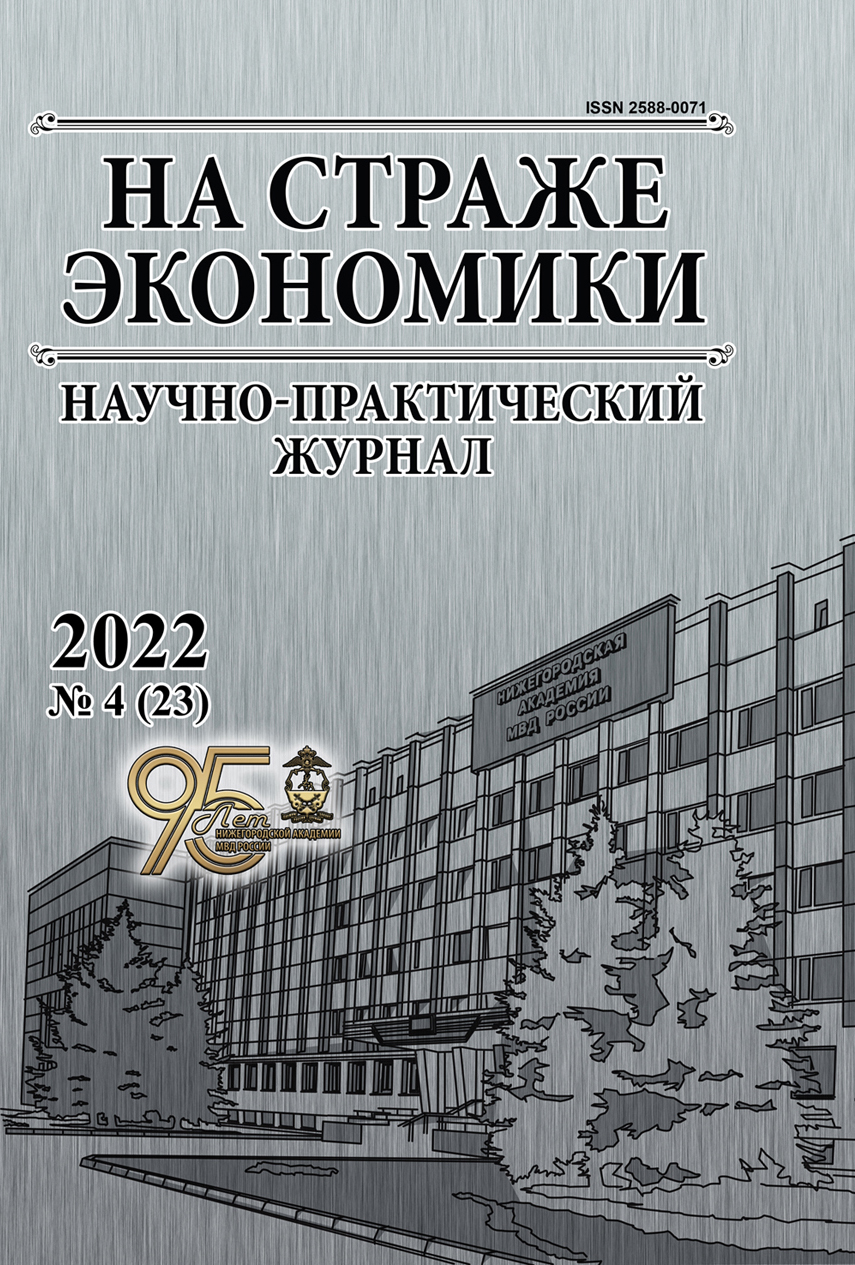Russian Federation
The structure of the article allows us to reveal the main content of the proposed mathematical model of analysis and forecasting of economic processes associated with shadow cash flow. The mathematical model of the shadow cash flow is a set of equations and mathematical relations reflecting the main properties of the shadow cash flow and the features of its distribution in the banking environment at the spatial and temporal boundaries of the area of its formation. Based on the review of the main provisions of the scientific literature, the concept of illegal economic benefits extracted by economic entities is revealed, a comparative analysis of the concept of “shadow economy” and “shadow cash flow” is carried out. The calculation formula of the shadow cash flow is disclosed. Based on the theoretical concept of mathematical modeling, the qualitative characteristics of the proposed mathematical model are determined according to the following characteristics: the complexity of the modeling object, the model operator / model implementation method, input and output parameters, the purpose of modeling, the displayed properties of the object. The conclusion is reasoned that the proposed system of shadow cash flow indicators characterizes the qualitative aspects of the shadow economy indicator and should be taken into account when developing Russia’s economic policy. Approbation of the proposed algorithm for calculating the shadow cash flow was carried out on the basis of the described formulas when modeling the information and analytical system: “The spectrum of the distribution of shadow cash flow”.
shadow economy, monitoring, marker, mathematical modeling, illegal economic benefit, money laundering
1. Kireenko A. P., Nevzorova E. N. Map of scientific research in the field of the shadow economy and tax evasion 2019. Bulletin of the Tomsk State University. Economy, 2019, no. 46, pp. 46-59. (In Russ.)
2. Burov V. Yu. Theoretical foundations of the study of the shadow economy: a retrospective analysis. The shadow economy, 2017, no. 2, pp. 57-72. (In Russ.)
3. Golovko M. V. Shadow economy in the system of threats to national economic security: factors, evolution, directions of counteraction. Author’s abstract... doctor of economic sciences. St. Petersburg, 2019. 40 p. (In Russ.)
4. Baturina E. V., Litvinenko A. N. Information and analytical system “Spectrum of distribution of shadow cash flow”. The Economy under Guard, 2021, no. 2 (17), pp. 15-21. (In Russ.)
5. Baturina E. V., Litvinenko A. N. Monitoring of shadow cash flows by computer modeling tools. Economy of region, 2018, vol. 14, no. 1, pp. 326-338. (In Russ.)
6. Zvonarev S. V. Fundamentals of mathematical modeling: a textbook. Yekaterinburg: Ural University Publ., 2019. 112 p. (In Russ.)
7. Dmitrieva E. O., Drobot E. V. Shadow economy: threats and consequences. The shadow economy, 2018, vol. 2, no. 1, pp. 9-16. (In Russ.)
8. Baturina E. V. Evaluation of the effectiveness of law enforcement activities in connection with the creation of a favorable economic environment. Economic security, 2021, vol. 4, no. 3, pp. 731-754. (In Russ.)










